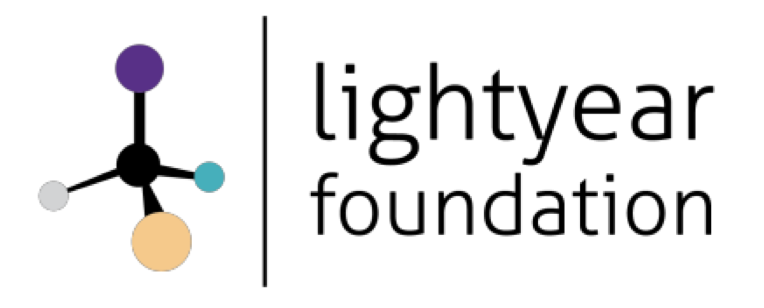ROle Models
GLEN CORNHILL
Job Title: Space Project Lead and Tutor at G2G Communities CIC / Chief Technology Officer at Artemis Space / Open University Masters Student
Disability: Dyslexia and Irlen syndrome
Why did you want to work in STEM?
My parents were both in the RAF so I had an early interest in flight and aircraft. This developed as I got older into a love for space and star gazing and spacecraft. My earliest memories of STEMM were primary School activities, going to planetarium, doing experiments using liquid nitrogen and going to museums and airshows. I decided I wanted to work in the Space Sector when I was ten years old, this is when I had a real interest in the space shuttle and wanted to be a pilot. It is this desire to visit space that made me study the sciences and I found that I had a lot of interest in Physics and Mathematics and understanding how things work.
What’s your favourite thing about your job or about working in STEM?
My favorite thing about working in STEMM started due to my Dyslexia. I left School not knowing I had Dyslexia with only 2 GCSEs higher than a C and having failed at A-Level, feeling pretty frustrated with education and feeling that I had worked hard for little reward. I started Open University when I was 23 and eventually gained the confidence to do a foundation year and degree in Physics with Space Science and Technology when I was 25, at Leicester University. It was at University that I decided to be tested for disabilities and since being diagnosed with Dyslexia and Irlens I started volunteering with STEMNet. I found it very enjoyable to encourage young people with STEMM both by sharing my passion and what I was doing and by listening to their ideas and what they enjoy.
I try to use everything I learn to encourage others, from designing spacecraft structures, planning missions or working on payloads. I am thankful to have met other Scientists who are equally interested in sharing what they do with learners, from the National Space Academy, Rolls-Royce, STFC (Science and Technology Facilities Council), Airbus and ambassadors from many different sectors and with different interests. Together we can create new resources and new technologies that aim to make Space more accessible to everyone, solving new problems and over coming them. Then also applying STEMM to other subjects and careers, I have encouraged farmers to use multi-spectral satellite imagery and inspired children with an interest in history by showing how catapults work and so much more.
What are your top tips for a disabled young person interested in STEM as a career?
My biggest advice is that you should never give up, there isn’t ever only one way to do something. Set out with a clear goal but don’t be afraid to change how you get there. This may mean looking for help when you need it, from friends, professionals or technology and software. The beauty of STEMM careers is that they require problem solving, systematic trial and error and the occasional leap of faith, all of which I find equally apply to learning to overcome my disability.


